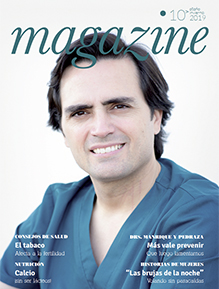BRUXISM AND ATM
The tempomandibular joint (ATM) is that connecting the jaw to the skull. ATM disorders and problems of overloading the jaw muscles are another cause of face pain and headaches of a non-dental origin. It is thought that a high proportion of the population suffers from some form of functional alteration of the masticatory system without knowing it. The habit of grinding one’s teeth is commonly known as bruxism.
The most frequent symptoms of these disorders are: face pain, headaches, earache, neckache, aching muscles or jaws, crunching or grinding, and limited mobility of the mouth and/or intermittent trouble in opening it.
A correct diagnosis allows the selection of the ideal treatment for each patient
As the temporomandibular joint or ATM connects the jaw to the skull, it allows the opening and closing of the mouth and also the movements related to speaking, talking, gesticulating, etc.
Its function may be altered by a series of factors such as stress, incorrect teeth positions, or harmful habits such as chewing gum, biting pencils, and grinding one’s teeth, among others.
These factors include:
- Excessive teeth wear causing headaches, aching cervicalvertebrae, imbalance, and wear also in the ATM of the 2 jaws.
- Serious aesthetic and functional problems owing to the excessive wear.
- Loss of maxillary bone.
- Wear on the necks of the teeth which may lead to sensitivity and receding gums.
This habit causes a series of problems with far-reaching consequences, many of them irreversible.








